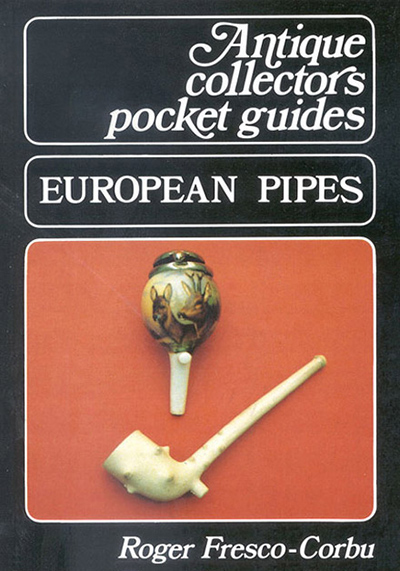Description
From the Antique Pocket Guides series – a useful series for the collector of small antiques. Collecting small antiques can be of absorbing interest, partly because of items are easy to display and partly because they can be found in a great variety of places, including antique shops, public auctions, bric-a-brac stalls, jumble sales and flea-markets. Each title in this new series is written by an expert in his or her chosen subject. There is a wealth of practical advice to help the novice over any initial hurdles, guidance on prices and over 100 illustrations to help with identification. Each book could lead the way to a remarkably satisfying hobby.
Tobacco was unknown in the Old World until the discovery of America, where the various species of the plant seemed to thrive in several regions of both North and South America. The American Indian custom of smoking the dried leaves in pipes quickly reached Europe, and the first pipes were essentially functional and closely resembled one of the types commonly found in America. Before long, ornamentation began to be applied and this increased over the centuries, reaching a peak during the 19th century.
Whether a pipe is a cheaply moulded clay or an artistically carved meerschaum, its chief interest from the collector’s point of view lies in the social or historical background responsible for its creation, rather than in its monetary value, and it is the former aspect that the author emphasises.






